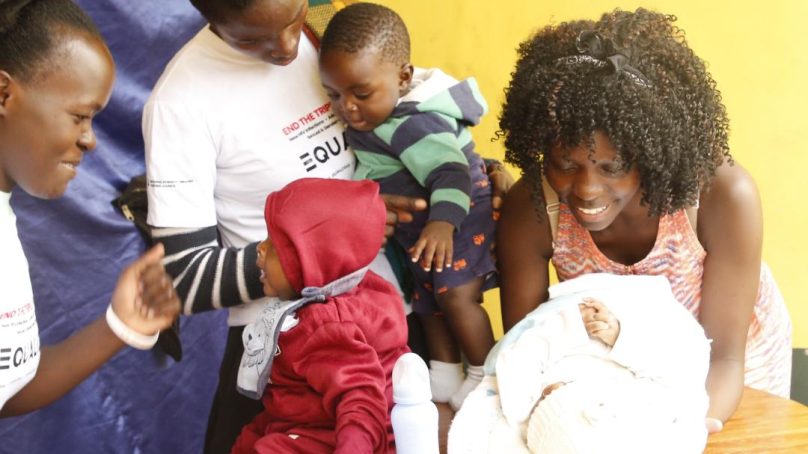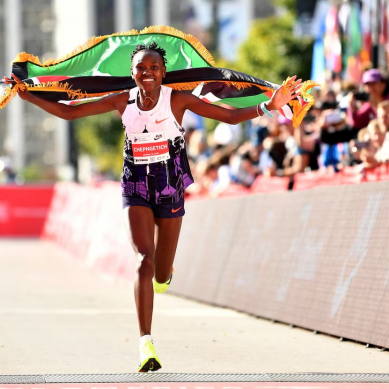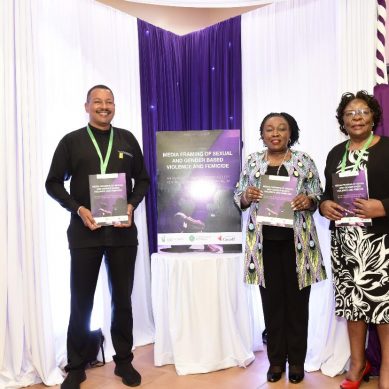
Aisha* and Amina*, both just 17, should be in school or building dreams. Instead, they are navigating motherhood in Korogocho, one of Nairobi’s most densely populated informal settlements, where adolescent pregnancy often spells the end of formal education and the beginning of economic struggle.
“I want to go back to school, but I also want my child to have a better life,” says Aisha, cradling her baby. “Sometimes when my mother does not have money, we just stay hungry.”
Amina, who gave birth at 16, echoes the frustration: “They say we can go back to school but they do not ask if we have childcare, food or sanitary pads.”
Their stories are all too common. A 2022 study by the African Population and Health Research Centre (APHRC), in collaboration with Miss Koch Kenya and Nairobi County’s Directorate of Children Services, paints a stark picture. Among 594 adolescent girls surveyed, 76.7 per cent reported their pregnancies were unintended, and 91 per cent had dropped out of school by the time of the study.
At a recent media workshop held mid-May 2025, organised by the Media for Environment, Science, Health and Agriculture (MESHA) and the Solutions Journalism Network, Dr. Anthony Ajayi of APHRC observed that adolescent pregnancy is not merely a health issue – it’s deeply social and economic.
“While nearly all girls accessed antenatal care, only about a third completed the recommended eight visits,” said Dr Ajayi. “Stigma, fear of mistreatment, poverty, and lack of information are common barriers. Shockingly, one in four adolescent mothers reported verbal or physical abuse by health workers during delivery. Some were even detained due to unpaid hospital bills.”
Economic hardship compounds these realities. Only 25 per cent of young mothers have access to paid work – mostly informal jobs like laundry or hairdressing. Nearly three-quarters struggle to meet their children’s basic needs, often relying on relatives for childcare.
Mental health challenges are widespread. According to the APHRC study, 40 per cent of the girls show signs of mild depression, while over 25 per cent suffer moderate to severe symptoms, including self-harm. Half reported experiencing violence, with 25 per cent facing intimate partner violence.
The root causes of early pregnancy range from school closures during the calamities such as Covid-19 pandemic, family conflicts, poverty and sexual violence, to low contraceptive awareness.
Sharon Musakali of the Health NGOs Network (HENNET) summed it up as a “triple threat” – adolescent HIV infections, unintended pregnancies and gender-based violence.
Yet there are signs of progress. Kenya’s Adolescent Sexual and Reproductive Health (ASRH) Policy, launched in 2015, aims to reduce adolescent pregnancy rates from 14 per cent to below 10 per cent by 2025. The ministry of health has expanded youth-friendly services by offering confidential counselling and care.
In 2023, Kenya launched the world’s first Adolescent Sexual and Reproductive Health Development Impact Bond (ASRH DIB) – a $10.1 million initiative targeting girls aged 15-19 in 10 counties with high adolescent pregnancy and HIV rates. Leveraging the various health digital platforms, the programm has reached over 227,000 girls with SRH services, on-boarding 136 public and 147 private health facilities as well as 45 pharmacies.
However, challenges remain. Many mobile clinics face staffing and maintenance issues. Inconsistent services leave gaps in care, especially in hard-to-reach areas. While counties like Nairobi and West Pokot have relaunched some clinics, nationwide coverage is still patchy.
To close these gaps, the government and partners are focusing on digital health, community-based interventions and public-private partnerships. The ministry of education has scaled up school re-entry programs and stigma reduction campaigns, training teachers and providing flexible learning options—including blended and vocational education.
Conditional cash transfers and vocational training are now being introduced to economically empower young mothers and reduce dependency. In Nairobi, county governments and civil society are collaborating to expand childcare services and establish safe spaces for adolescent mothers to resume education or work.
Still, advocates like HENNET stress the need for integrated, community-led approaches. This includes improving sexuality education both in and out of school, ensuring youth-friendly and respectful health services and offering pathways for economic independence – so that adolescent mothers do not have to choose between their child’s wellbeing and their own future.
“By focusing on evidence-based, constructive storytelling, we empower communities to demand accountability,” said Caroline Karobia from the Solutions Journalism Network. “Highlighting positive outcomes in adolescent health can inspire scalable, lasting change.”
Despite systemic barriers, the determination of girls like Aisha and Amina serves as a rallying call. With comprehensive support –ranging from healthcare and education to economic empowerment and social protection – no adolescent should have to walk this journey alone.
*Names have been changed to protect identities.
- A Tell Media / KNA report /By Violet Otindo
Teen mother and her child







